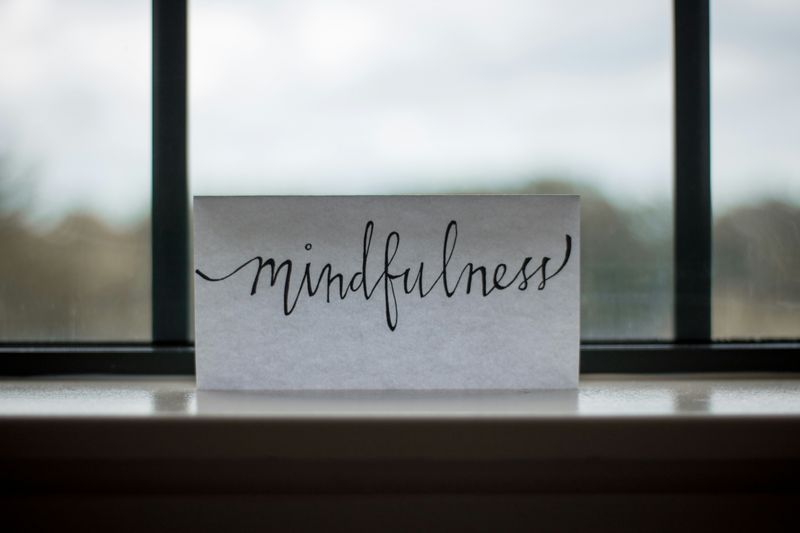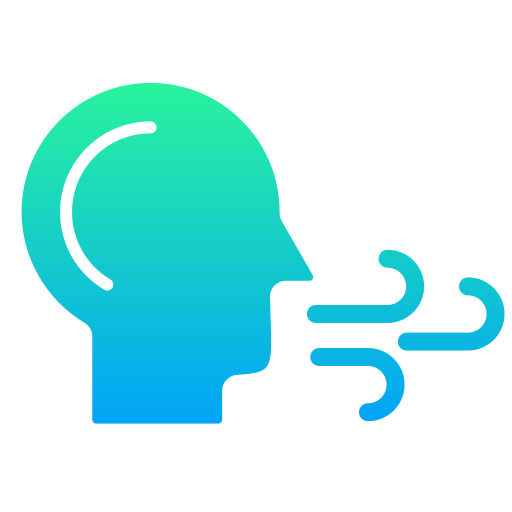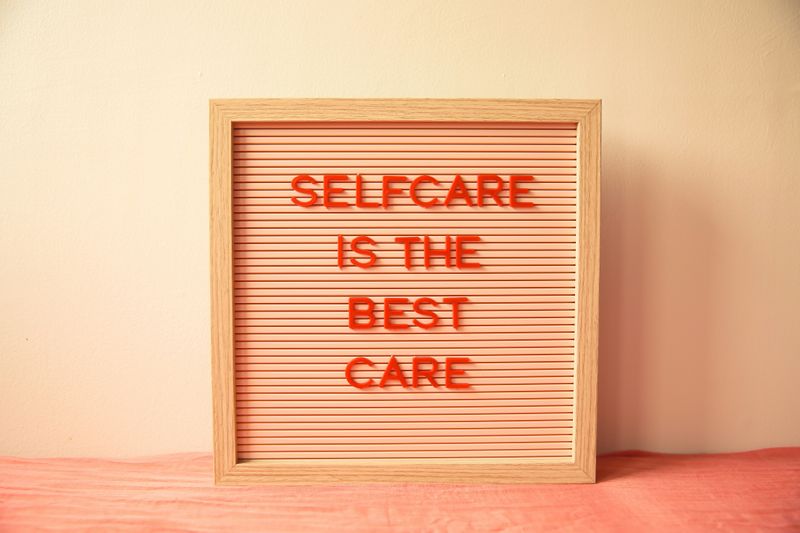Imagine this: You walk into work already stressed, and before you even log on to your computer, your manager is berating you in front of the team. Your coworkers glance at each other in disbelief — some even look scared — but no one speaks up. You feel exposed, unsafe, and alone.

Here's the truth: Toxic workplace stress doesn't just stay at work — it follows you home, disrupting your sleep, health, and peace of mind.

The good news? You can’t always change your workplace, but you can take charge of your mind. Discover mindfulness exercises you can use to help you conserve your energy and maintain control.
But What is a Toxic Workplace, Anyway?
Before you explore solutions, first understand what a toxic workplace looks like.

A toxic workplace isn’t just about deadlines or heavy workloads — it can cause lasting stress and fear. Psychologist Mindy Shoss explains that intimidation and conflict drain employees’ energy and replace it with anxiety.
 Traits of a Toxic Workplace
Traits of a Toxic Workplace
harassment/bullying
discrimination/favoritism
infighting
unrealistic demands
abusive supervision
lack of psychological safety
unsafe conditions/workplace violence
Quiz
Which of the following are signs of a toxic workplace? Select all that apply:
What is Mindfulness?

Mindfulness is a simple form of meditation that helps you pay attention to what you're sensing, thinking, and feeling in the present moment.
Mindfulness exercises are simple practices that can help you manage stress. They help you notice patterns and situations that drain your energy or feel toxic. This awareness gives you the power to respond, either by changing your habits or finding a way out of an unhealthy workplace.
 Photo by Medienstürmer on Unsplash
Photo by Medienstürmer on UnsplashSo Why Should I Practice Mindfulness Exercises at Work?
A toxic workplace doesn’t just hurt your mental health — it can also harm your physical health. It can also can hinder your productivity at work.
 Photo by Vitaly Gariev on Unsplash
Photo by Vitaly Gariev on UnsplashImpacts of a Toxic Workplace on Your Well-Being

Mental health:
anxiety
depression
helplessness
fear
paranoia
low self-esteem

Physical health:
nausea
headaches
fatigue & sleep disturbances
high blood pressure
heart disease
weakened immunity
How Mindfulness Exercises Can Help
Mindfulness exercises help you manage stress, stay centered, and remain resilient in the face of toxic events. When practiced regularly, these exercises not only help you regain a sense of control but also enhance your overall well-being, allowing you to navigate situations more calmly and confidently.
 Photo by Marc Pell on Unsplash
Photo by Marc Pell on UnsplashBenefits of Mindfulness Exercises

Mental health:
Reduces stress and anxiety
Increases self-awareness
Improves emotional regulation
Enhances resilience
Improves focus and concentration
Promotes a sense of calm
Improves working memory

Physical health:
Lowers blood pressure
Increases immune functioning
Lowers cortisol levels
Lessens stress-induced headaches
Improves sleep
Mindfulness Exercises to Manage Stress Over a Toxic Workplace
 Photo by Lesly Juarez on Unsplash
Photo by Lesly Juarez on UnsplashWhile mindfulness exercises offer general benefits for mental clarity and emotional balance, they can be especially powerful when applied in the workplace. By using these practices to meet the challenges of your job — even in a toxic workplace — you can manage stress and stay focused throughout the workday.
Mindfulness Exercises to Try

Start your day being mindful. Begin each day with a quiet, mindful routine to set a calm and focused tone.

Focus on your breath. When things get heated at work and anxiety starts to creep in, take a slow breath in through your nose for a count of four, hold it for one second, then breathe out through your mouth for a count of four. Repeat as needed.

Meditate while sitting. After a toxic event, sit comfortably with your back straight, feet flat on the floor, and hands resting in your lap. Breathe through your nose and pay attention to your breath as it moves in and out. If thoughts or physical sensations arise, acknowledge them, then gently redirect your focus to your breathing.
 Take a mindful walk. Before a stressful meeting or after a dramatic event at work, take a short walk, even if it's just down the hallway. As you walk, notice every step and how your body moves. Stay aware of the ground under your feet.
Take a mindful walk. Before a stressful meeting or after a dramatic event at work, take a short walk, even if it's just down the hallway. As you walk, notice every step and how your body moves. Stay aware of the ground under your feet.
 Take 5 minutes each day to do nothing. Sit quietly, notice your thoughts, and pay attention to your breathing. Observe the world around you and get comfortable with the stillness and silence.
Take 5 minutes each day to do nothing. Sit quietly, notice your thoughts, and pay attention to your breathing. Observe the world around you and get comfortable with the stillness and silence.
 Eat slowly and savor your food. Eat your lunch slowly and savor each bite to practice mindfulness and recharge your energy.
Eat slowly and savor your food. Eat your lunch slowly and savor each bite to practice mindfulness and recharge your energy.
 Do a body scan. Take brief pauses during the day to fully focus on the present before starting your next important task, and mentally scan your body from head to toe, noticing tension and releasing it.
Do a body scan. Take brief pauses during the day to fully focus on the present before starting your next important task, and mentally scan your body from head to toe, noticing tension and releasing it.
Quiz
During a tense afternoon in your toxic workplace, your team is arguing, and the atmosphere feels draining. What could you do to reset and protect your focus? Select all that apply:
Take Action
 Photo by Ava Sol on Unsplash
Photo by Ava Sol on UnsplashRemember, you’re not alone in this journey. It’s okay to seek support when dealing with a toxic workplace. Along with mindfulness exercises, here are some other ways to manage stress and take care of yourself:
Your feedback matters to us.
This Byte helped me better understand the topic.
